How to Choose the Right Digital Marketing Company for Your Business Growth
Understanding Your Business Goals In today’s competitive business landscape, Digital Marketing plays a crucial role in determining a company’s success. Businesses need to establish a strong online presence to attract potential customers and increase revenue. Choosing the right digital marketing company is essential for achieving these goals effectively. With so many options available, making an informed decision can be overwhelming. Understanding key factors will help businesses select a reliable partner that aligns with their objectives and delivers measurable results. Evaluating Experience and Expertise Experience and expertise are crucial factors when choosing a digital marketing company. A company with a proven track record of successful campaigns demonstrates reliability and effectiveness. Businesses should assess case studies, client testimonials and past projects to gauge the firm’s capabilities. Analyzing industry-specific experience is also beneficial since different sectors require unique marketing approaches. A digital marketing company with experience in a particular industry will be more adept at crafting strategies that resonate with the target audience. Range of Services Offered Transparency and Communication Transparency and communication play a vital role in the success of a Digital Marketing partnership. A reputable company should provide clear and honest reporting on campaign performance. Regular updates and open discussions allow businesses to stay informed about progress and challenges. Businesses should inquire about the tools and metrics used to track results and ensure alignment with their expectations. Effective communication fosters trust and collaboration, leading to better outcomes. Customization and Flexibility Customization and flexibility are essential qualities of a reliable digital marketing company. Every business has unique needs and a one-size-fits-all approach does not work in Digital Marketing. A company that tailors its strategies to suit the client’s industry, target audience and goals will yield better results. The ability to adapt to changing market trends and adjust strategies accordingly is a sign of a competent digital marketing partner. Businesses should seek a company that values innovation and stays ahead of industry developments. Budget Considerations Budget considerations are also important when selecting a digital marketing company. While cost should not be the sole determining factor, businesses must evaluate pricing structures and ensure they align with their financial plans. A company that offers transparent pricing and clear deliverables provides better value for investment. Comparing different service packages and understanding the return on investment helps businesses make informed decisions. It is advisable to choose a company that balances affordability with quality services. Use of Technology and Tools Another crucial aspect to consider is the company’s use of technology and tools. A modern digital marketing company should leverage advanced analytics, automation and artificial intelligence to optimize campaigns. Businesses should inquire about the platforms and software the company utilizes for campaign management, data analysis and customer engagement. Companies that incorporate the latest technology trends can provide innovative solutions and ensure efficient marketing strategies. Reputation and Credibility Reputation and credibility significantly impact the choice of a digital marketing company. Businesses should conduct thorough research on the company’s reputation within the industry. Online reviews, ratings and industry recognition can provide insights into the company’s reliability and professionalism. A company that has received awards or certifications from reputable organizations demonstrates expertise and commitment to excellence. Seeking recommendations from industry peers or professional networks can also help identify trustworthy digital marketing partners. Customer Support and Responsiveness Customer support and responsiveness are essential factors when evaluating a digital marketing company. Businesses should assess how well the company responds to inquiries and provides support throughout the engagement. A company that prioritizes client satisfaction and addresses concerns promptly ensures a smooth working relationship. Responsive and proactive communication indicates a company’s dedication to delivering quality service. Finalizing the Partnership A well-defined contract and service agreement are necessary before finalizing a partnership with a digital marketing company. The agreement should outline key deliverables, timelines and performance expectations. Clear terms and conditions prevent misunderstandings and ensure accountability. Businesses should carefully review the contract and seek clarification on any ambiguous clauses. A transparent agreement sets the foundation for a successful and long-term partnership. Achieving Long-Term Success with the Right Partner With the rapid evolution of technology, digital marketing continues to transform, offering businesses new opportunities to engage their audience. Emerging trends such as artificial intelligence, voice search optimization and data-driven personalization are shaping the future of marketing. Understanding these advancements allows businesses to stay ahead of the competition and implement effective strategies. Artificial intelligence is revolutionizing digital marketing by automating tasks, enhancing customer experiences and optimizing campaigns. AI-powered chatbots, predictive analytics and machine learning algorithms enable businesses to create personalized content and improve engagement. Companies that integrate AI into their marketing efforts can streamline operations and deliver more relevant messages to their target audience. Voice search optimization is another significant trend influencing digital marketing. As smart speakers and voice assistants become increasingly popular, businesses must adapt their strategies to accommodate voice-based queries. Optimizing content for natural language searches and using conversational keywords enhances visibility and improves search rankings. Companies that embrace voice search technology can connect with consumers in more meaningful ways. Data-driven personalization is transforming how brands interact with their audience. Advanced data analytics allow businesses to understand consumer behavior, preferences and buying patterns. By leveraging data insights, companies can create targeted campaigns that resonate with specific audience segments. Personalization enhances customer engagement, builds brand loyalty and drives conversions. As technology continues to evolve, businesses must stay informed about emerging trends in digital marketing. Implementing innovative strategies and embracing new tools will help companies adapt to changing consumer expectations. The future of digital marketing lies in leveraging technology to create personalized, data-driven and interactive experiences that drive business growth.












